From development land, residential land to townhomes whatever you are looking for RPM has the ideal location for you.
From development land, residential land to townhomes whatever you are looking for RPM has the ideal location for you.

Development Land
Specialists in sourcing and selling development land for commercial and residential projects. Explore current and past opportunities.
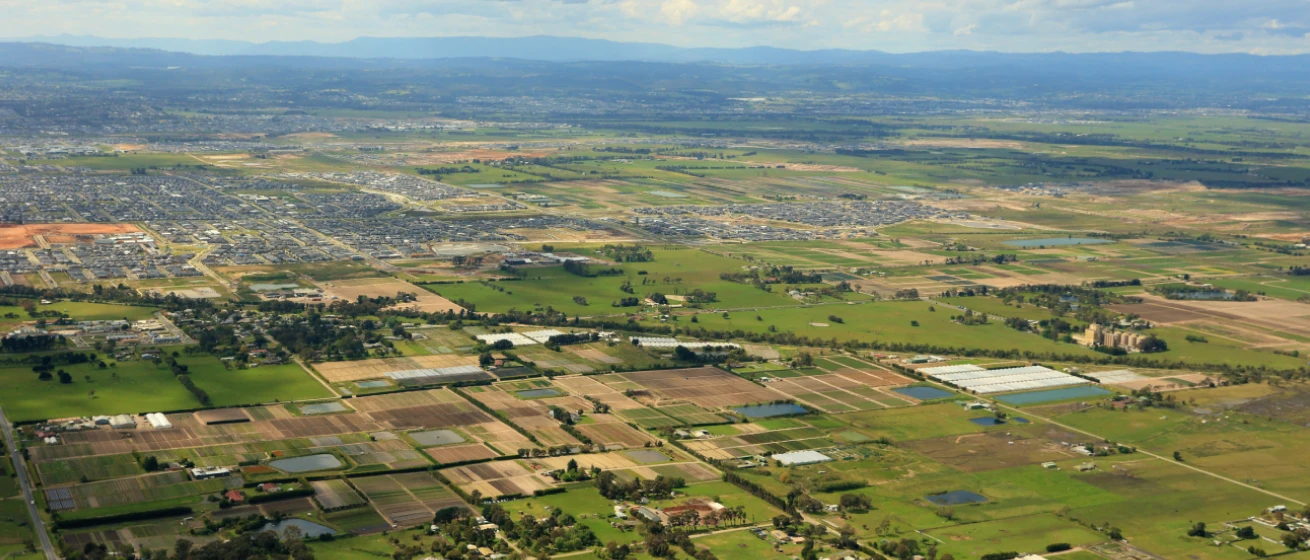
Residential Land
Across Australia’s East coast RPM has the ideal land to suit your lifestyle and dream home, explore the projects RPM is proud to be partners in selling.
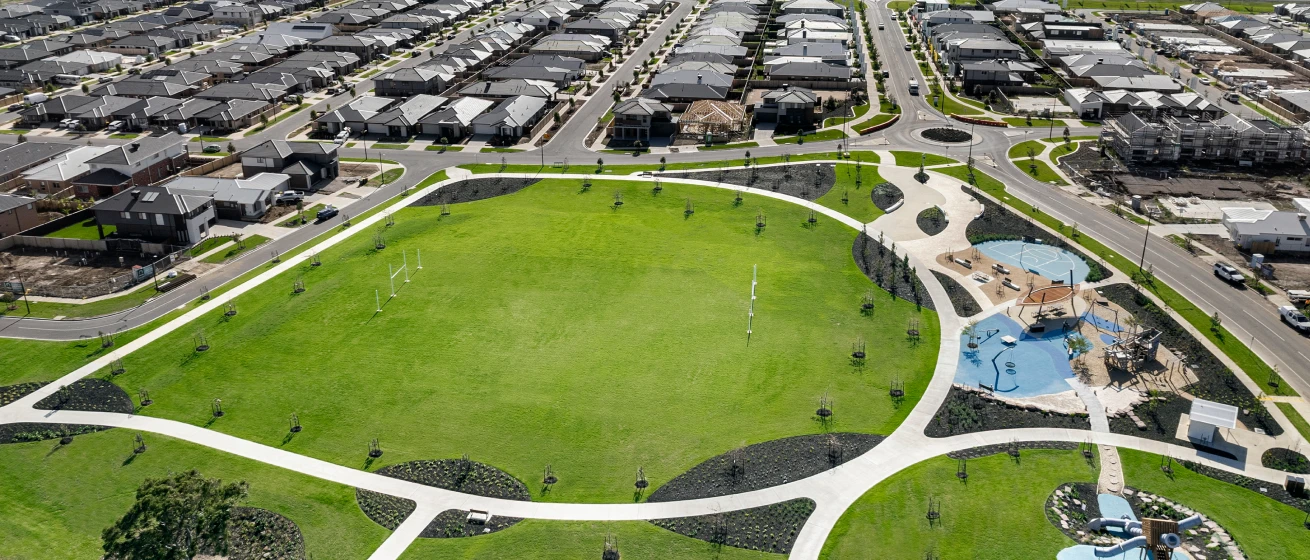
Townhomes
With townhouses to suit every lifestyle and budget, find your perfect home today.
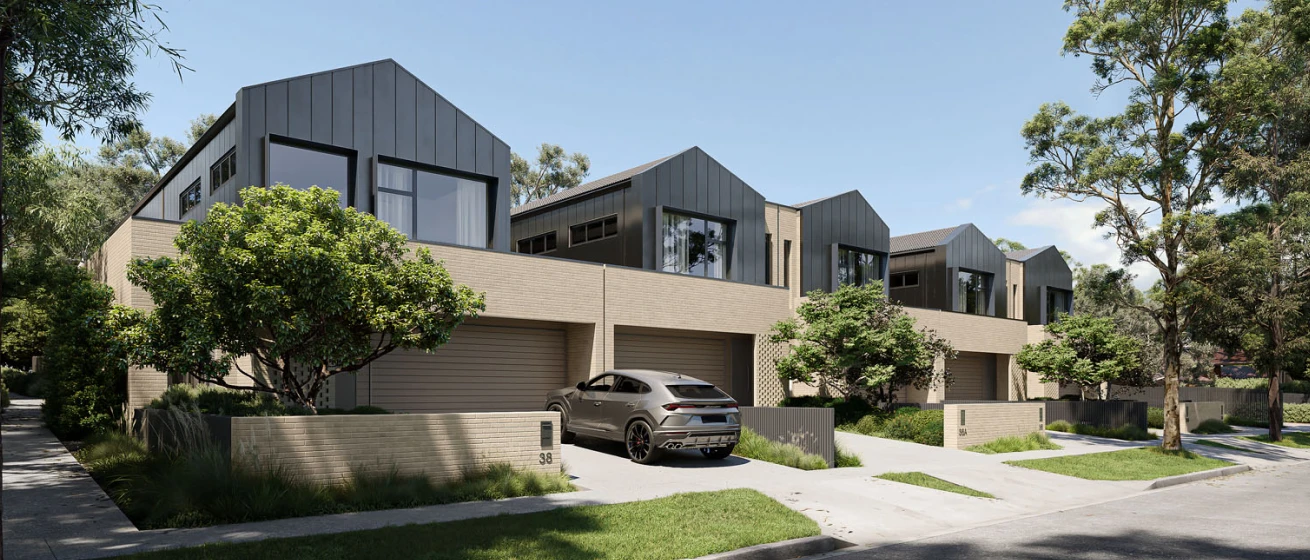
Apartments
Inner city & coastal new apartment projects. Explore our projects to find your perfect location and style of living.

RPM offer a comprehensive suite of professional services at every stage of your property journey.
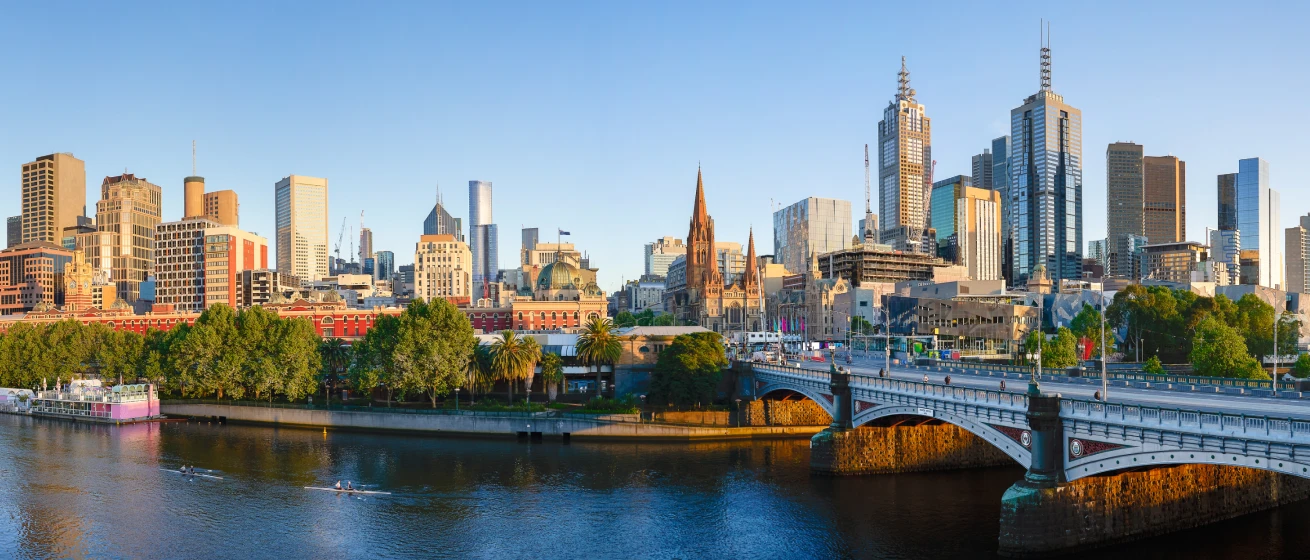
RPM offer a comprehensive suite of professional services at every stage of your property journey.
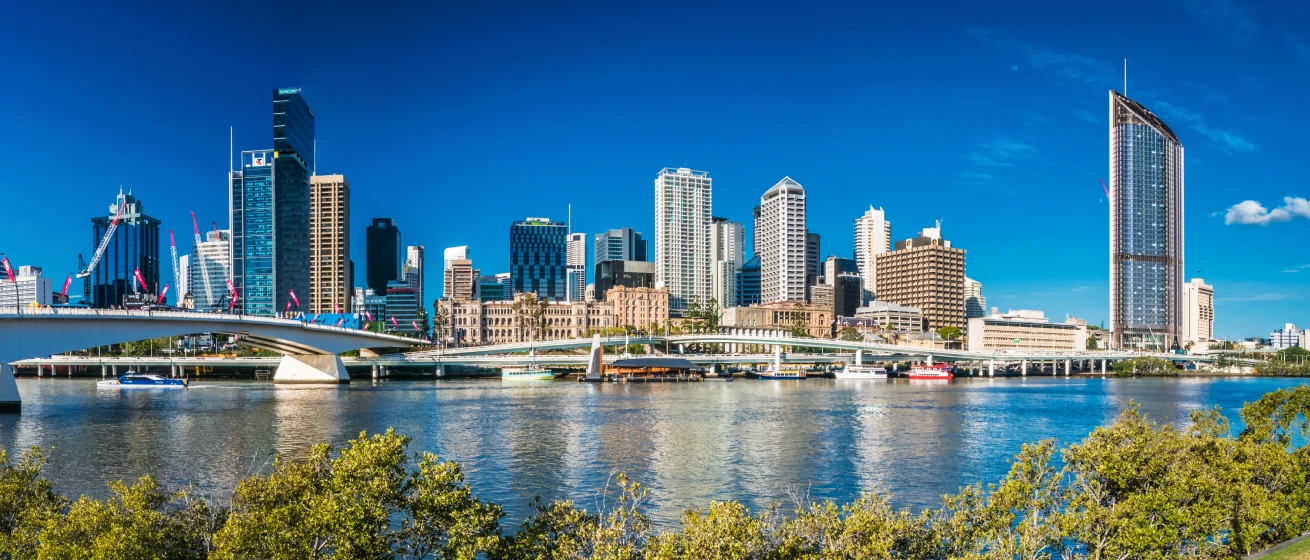
Pioneering new benchmarks in property intelligence, know-how, and data-driven insights, read the RPM Group's story.
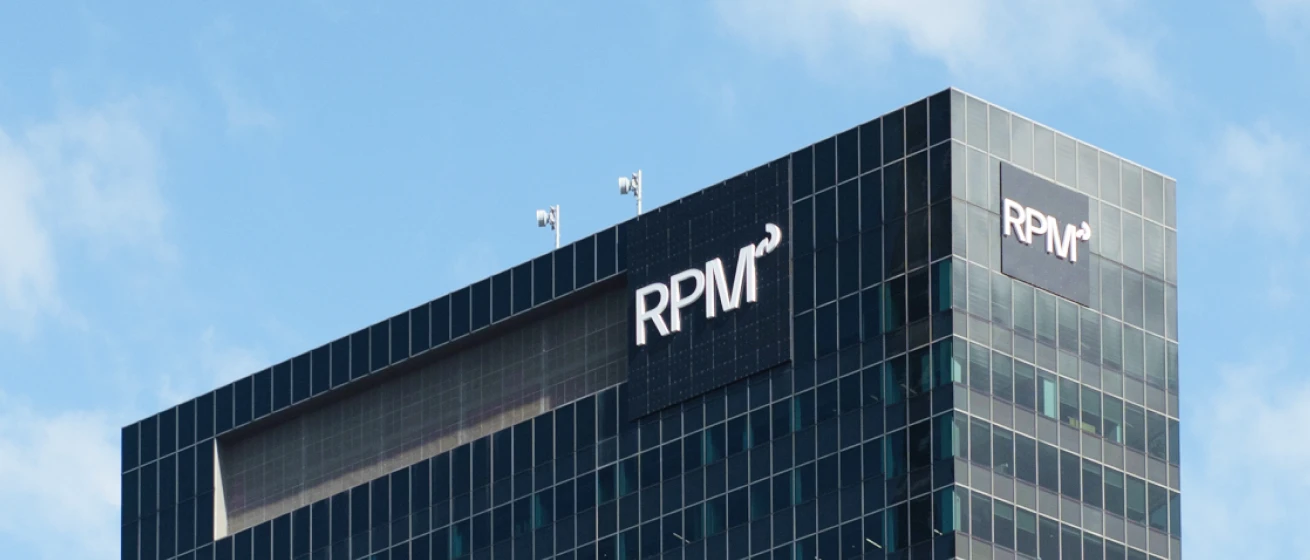
Our Story
Since 1994, RPM has grown to become the industry-leader with an expanding national presence; offering a comprehensive suite of services

Our Team
The heart of our business are the people who make it thrive. Discover the passion and dedication of our national team.

Careers
Our team of property experts is truly unparalleled. See how you can join this exceptional group and shape your future with us.

26.06.2023
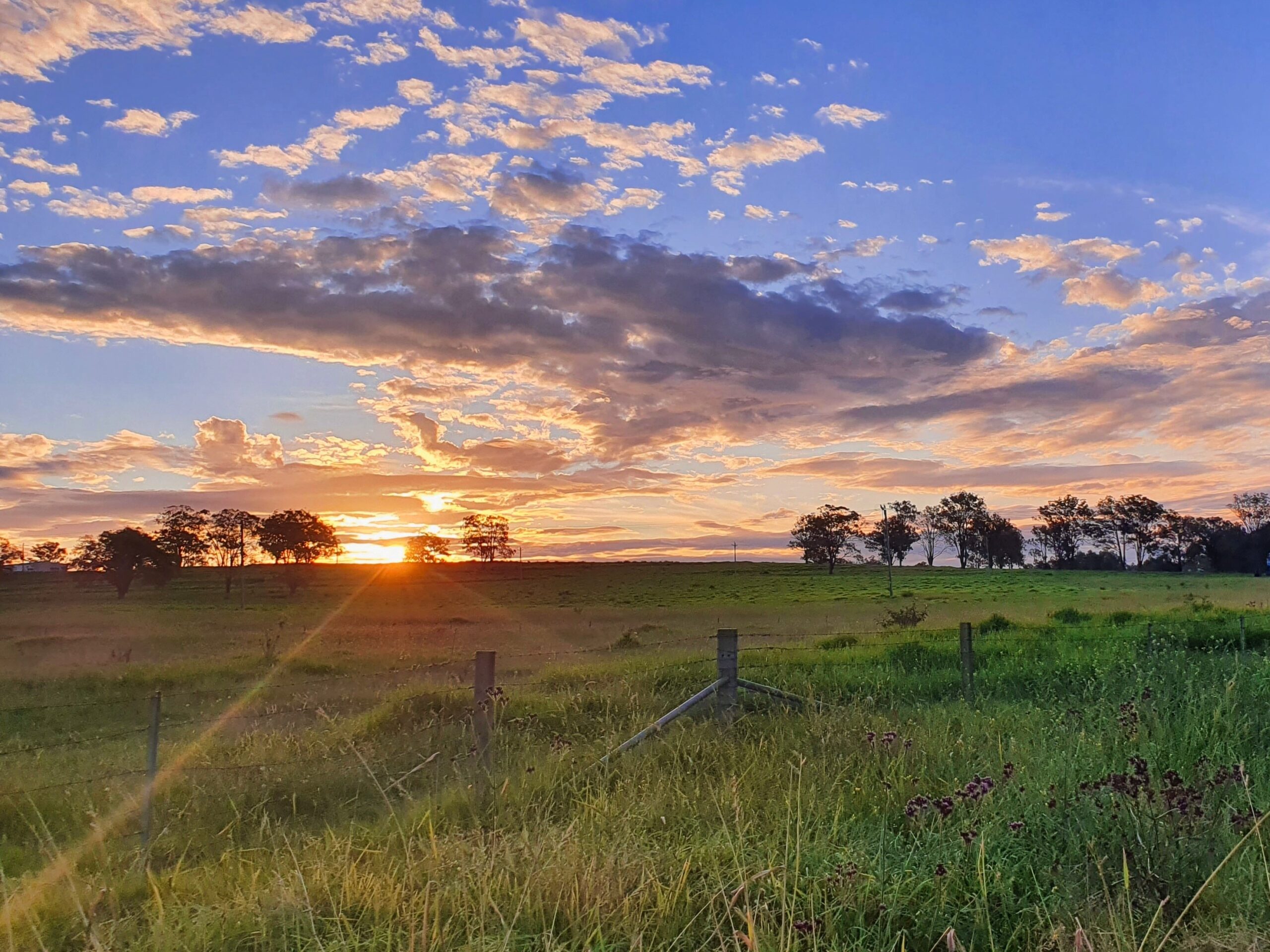
Our June South East Queensland Market Update reveals that the combined impact of higher building costs, higher interest rates, and record interstate migration has intensified the South-East Queensland housing crisis in the latest quarter, with the rental market particularly showing an increasing shortfall that is putting more pressure on tenants and new homebuyers.
South-East Queensland urgently needs more diversity in lot sizes in the greenfield market which will offer a greater variety of housing at various price points to prevent the deepening deficit of new properties to meet surging demand.
RPM Queensland Managing Director, Peter Neale, said record interstate migration has heightened the urgency to release more land and to provide affordable options that will meet the demands of new arrivals. “This shortage has been compounded by record interstate migration to Queensland last year that drove the largest population growth of any Australian state in 2022, and it will become even more critical with the expected spike in international migrants over the short term.”
“Market forces at the moment are colliding simultaneously to exacerbate the critical housing shortage in South-East Queensland, which is further fuelled by a continuation of poor economic factors,” said Mr Neale.
“ABS Census data shows that the average rental property household size is declining, which means that even more dwellings are required to house the same number of people today than in the past.”

Despite housing construction reaching record levels over the past year, housing approvals in Queensland fell 15.4 per cent over the 12 months to April 2023.
The key finding of our June South East Queensland Market Update is that the significant undersupply of housing product in South-East Queensland is unlikely to abate in the near to medium term without a coordinated approach to supply delivery.
“The solution is to increase supply given last year has demonstrated that there is no shortage of people seeking to purchase – they are largely constrained by affordability,” said Mr Neale.
“Consumer sentiment rose after the RBA paused its successive interest rate hikes in April, but then fell with the unexpected rise in May, which reflects the fragility of the current market,” said Neale.
“Buyers will become more confident once rate increases subside, in the meantime, there needs to be a concerted effort by governments and councils in South-East Queensland to cut red tape and get approvals through faster. This is a critical enabler. All levels of government are working to solve this crisis but quite simply, more land needs to be released and more diversified products need to be delivered,” said Mr Neale.
“This includes smaller land blocks for townhouses and terrace homes as affordability needs to be unlocked for buyers. It will also encourage more investors into the market to deliver much needed rental stock to South-East Queensland.
This article references findings from our June South East Queensland Market Update.
You can see how this popup was set up in our step-by-step guide: https://wppopupmaker.com/guides/auto-opening-announcement-popups/
